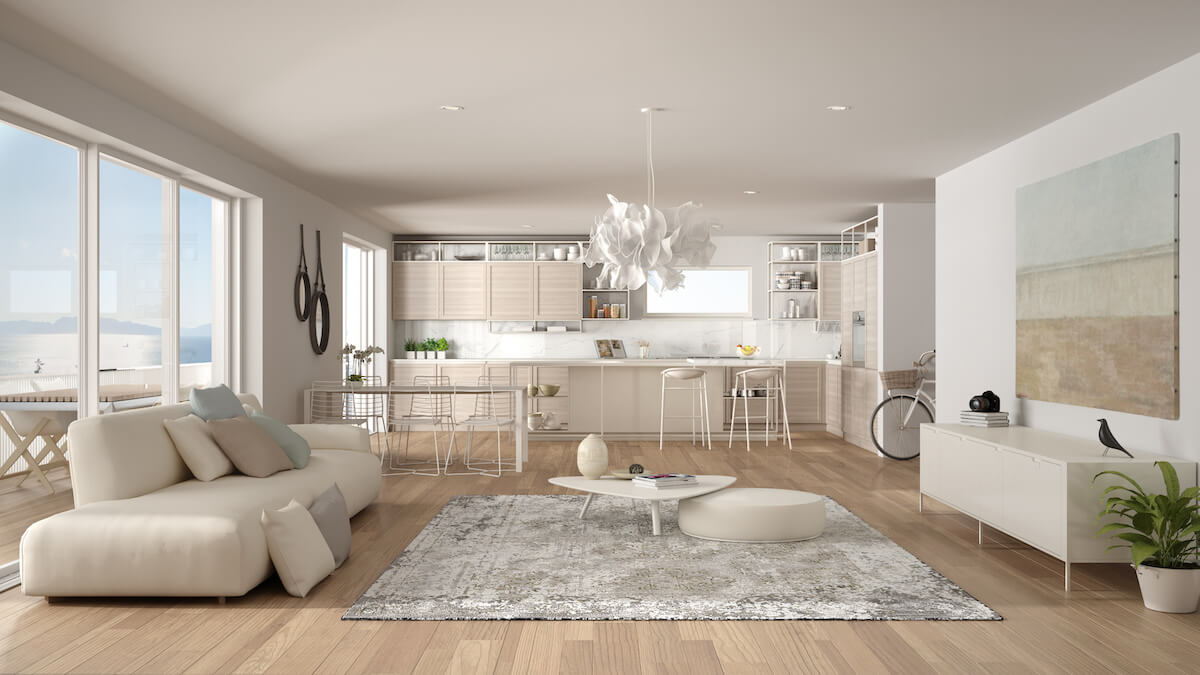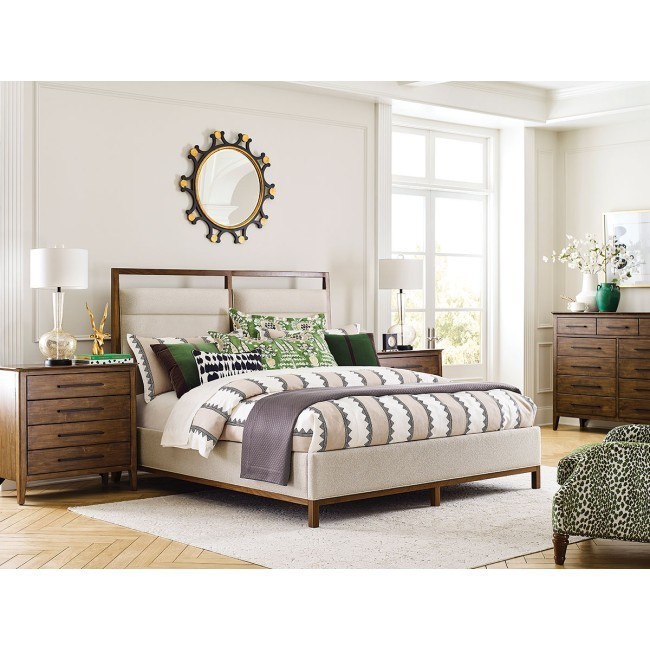All Categories
Featured
When creating a living area, choosing the ideal furnishings style plays a crucial role in establishing the tone and atmosphere of the room. From timeless standards to modern-day innovations, there are countless furnishings styles available to fit every aesthetic and choice. Here, we check out several of one of the most preferred furniture styles for living space spaces, helping you make an educated choice to match your preference and way of life.
Traditional furnishings exudes style and elegance, frequently motivated by 18th and 19th-century European designs. Expect to discover elaborate detailing, rich wood surfaces, and elegant textiles like velour or brocade. Parts such as tufted couches, wingback chairs, and elaborately sculpted coffee tables are staples of this style. Standard furnishings develops a cozy and welcoming environment, ideal for those who value ageless layout.
Modern furnishings emphasizes clean lines, simpleness, and performance. Usually crafted from materials like metal, glass, and wood, contemporary items have a streamlined and minimalist appearance. Neutral shade combinations control this design, with pops of bold colors utilized sparingly. A minimalist couch coupled with a geometric coffee table is a perfect instance of contemporary living area furniture.
While frequently puzzled with modern-day style, modern furniture is a lot more fluid and adapts to existing patterns. This style blends various components from different period, leading to a flexible and ever-evolving visual. Contemporary living room furnishings typically includes modular couches, mixed-material coffee tables, and declaration lighting pieces that add character to the space.
![]()
Popularized in the mid-20th century, this style is characterized by its retro vibe and emphasis on capability. Secret features consist of tapered legs, natural forms, and a mix of natural and synthetic materials. Renowned mid-century contemporary furniture pieces like the Eames easy chair or an inconspicuous couch include a touch of fond memories and sophistication to any living space.
Motivated by city loft spaces and storehouses, commercial furniture includes resources like steel, recovered timber, and concrete. This design usually features revealed equipment, weathered surfaces, and a neutral color combination. Industrial-style living-room furnishings includes items like metal-framed coffee tables, natural leather sofas, and open shelving devices that produce a rugged yet elegant appearance.
Rustic furnishings commemorates natural charm and craftsmanship, frequently showcasing raw timber, stone, and natural tones. This style brings the outdoors inside, developing a relaxing and welcoming environment. Rustic living area furniture might include recovered wood coffee tables, overstuffed sofas, and woven rugs that stress convenience and simpleness.
For those that enjoy carefree and diverse style, bohemian furniture uses a mix of shades, textures, and patterns. This design urges imagination and personalization, often featuring rattan chairs, formed cushions, and vintage or handmade items. A bohemian living-room is excellent for showcasing your originality.
Known for its minimalism and functionality, Scandinavian furniture integrates type and practicality. With light timber tones, neutral shades, and basic layouts, this design develops a clutter-free and tranquil atmosphere. Usual elements include comfortable sofas, sleek coffee tables, and soft tosses or cushions to improve comfort.
![]()
Transitional furniture bridges the void between standard and modern designs. It mixes timeless elegance with modern-day simplicity, leading to a balanced and harmonious appearance. Neutral tones control this design, with clean-lined sofas and downplayed coffee tables that function well in practically any kind of living space setting.
Despite your preference, there's a furniture design to match your living area vision. Take time to check out these alternatives, and do not be reluctant to blend and match styles to produce a space that's distinctly your own.
- Conventional Design
Traditional furnishings exudes style and elegance, frequently motivated by 18th and 19th-century European designs. Expect to discover elaborate detailing, rich wood surfaces, and elegant textiles like velour or brocade. Parts such as tufted couches, wingback chairs, and elaborately sculpted coffee tables are staples of this style. Standard furnishings develops a cozy and welcoming environment, ideal for those who value ageless layout.
- Modern Design
Modern furnishings emphasizes clean lines, simpleness, and performance. Usually crafted from materials like metal, glass, and wood, contemporary items have a streamlined and minimalist appearance. Neutral shade combinations control this design, with pops of bold colors utilized sparingly. A minimalist couch coupled with a geometric coffee table is a perfect instance of contemporary living area furniture.
- Contemporary Design
While frequently puzzled with modern-day style, modern furniture is a lot more fluid and adapts to existing patterns. This style blends various components from different period, leading to a flexible and ever-evolving visual. Contemporary living room furnishings typically includes modular couches, mixed-material coffee tables, and declaration lighting pieces that add character to the space.
- Mid-Century Modern Style

Popularized in the mid-20th century, this style is characterized by its retro vibe and emphasis on capability. Secret features consist of tapered legs, natural forms, and a mix of natural and synthetic materials. Renowned mid-century contemporary furniture pieces like the Eames easy chair or an inconspicuous couch include a touch of fond memories and sophistication to any living space.
- Industrial Style
Motivated by city loft spaces and storehouses, commercial furniture includes resources like steel, recovered timber, and concrete. This design usually features revealed equipment, weathered surfaces, and a neutral color combination. Industrial-style living-room furnishings includes items like metal-framed coffee tables, natural leather sofas, and open shelving devices that produce a rugged yet elegant appearance.
- Rustic Style
Rustic furnishings commemorates natural charm and craftsmanship, frequently showcasing raw timber, stone, and natural tones. This style brings the outdoors inside, developing a relaxing and welcoming environment. Rustic living area furniture might include recovered wood coffee tables, overstuffed sofas, and woven rugs that stress convenience and simpleness.
- Bohemian Style
For those that enjoy carefree and diverse style, bohemian furniture uses a mix of shades, textures, and patterns. This design urges imagination and personalization, often featuring rattan chairs, formed cushions, and vintage or handmade items. A bohemian living-room is excellent for showcasing your originality.
- Scandinavian Style
Known for its minimalism and functionality, Scandinavian furniture integrates type and practicality. With light timber tones, neutral shades, and basic layouts, this design develops a clutter-free and tranquil atmosphere. Usual elements include comfortable sofas, sleek coffee tables, and soft tosses or cushions to improve comfort.

- Transitional Style
Transitional furniture bridges the void between standard and modern designs. It mixes timeless elegance with modern-day simplicity, leading to a balanced and harmonious appearance. Neutral tones control this design, with clean-lined sofas and downplayed coffee tables that function well in practically any kind of living space setting.
Despite your preference, there's a furniture design to match your living area vision. Take time to check out these alternatives, and do not be reluctant to blend and match styles to produce a space that's distinctly your own.
Latest Posts
Experience Coastal Beauty at Deauville Inn
Published Apr 15, 25
1 min read
Discover Relaxation at the Claridge Indoor Pool
Published Feb 04, 25
1 min read
Top Patterns in Customized Furniture Style for 2025
Published Jan 26, 25
0 min read